In the 2015 Law Library Journal article “Getting It from the Source: What Librarians Think About Lawyer Search Behavior,” Renate Chancellor shares results from her quantitative survey of 132 law librarians. As the title of the paper suggests, one aspect of the study was aimed at how lawyers interface with librarians and how they conduct their own legal research—or, in Chancellor’s words, “the information-seeking behavior of lawyers.” At the same time, the data offers insight into the law librarians themselves, including educational backgrounds, experience, gender, and more.
Chancellor collected the data from two sources: subscribers to the Law Librarians’ Society of Washington, D.C. and members of the American Association of Law Libraries. The survey asked respondents a series of multiple-choice questions covering demographic information, patron information, and information on library service delivery. Chancellor cautions that the sample size is too small to draw reliable inferences with respect to lawyers’ behavior specifically, but nevertheless the research is rich with data on law librarianship—especially in law firm settings. The majority of survey respondents were from law firms (57 percent), and of that population, most were in law firms with more than 50 lawyers (93 percent).
The following infographics are drawn from Chancellor’s results.

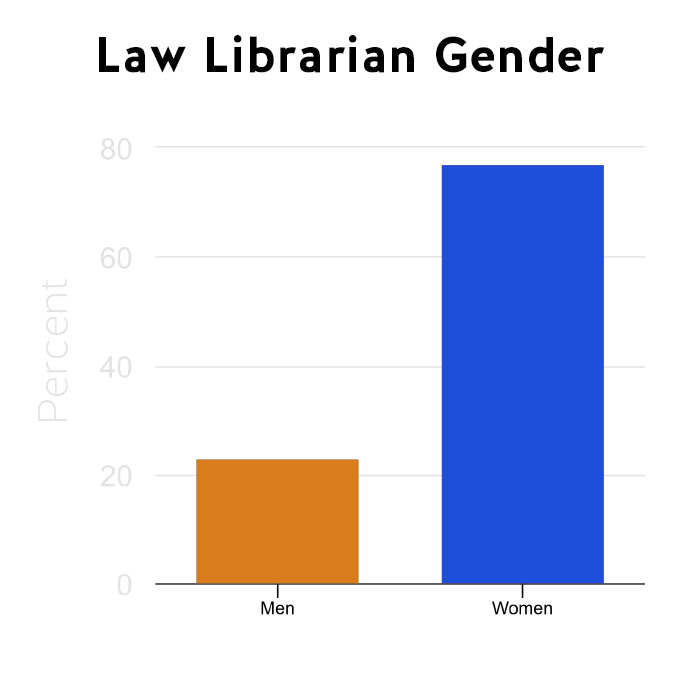

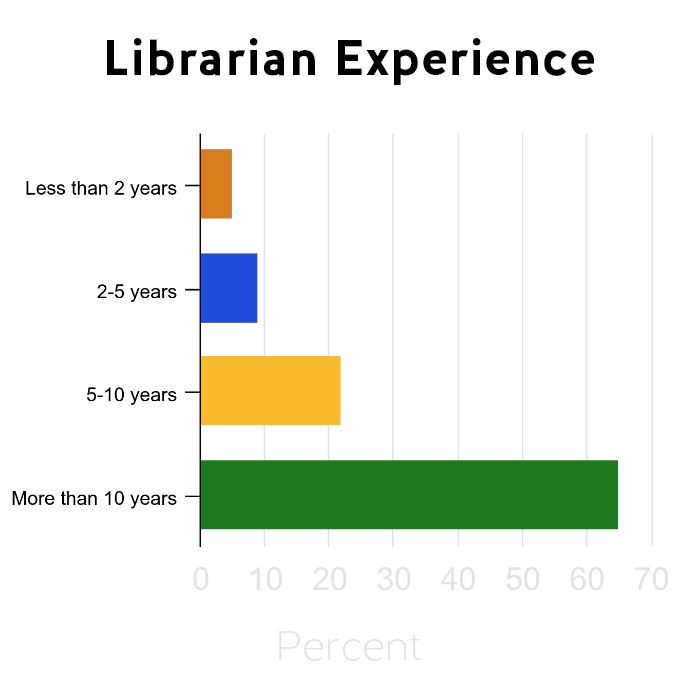
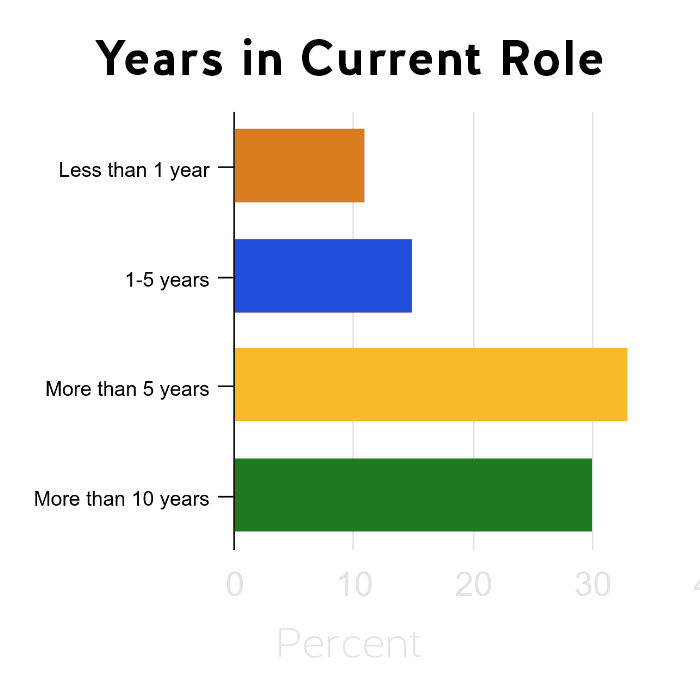
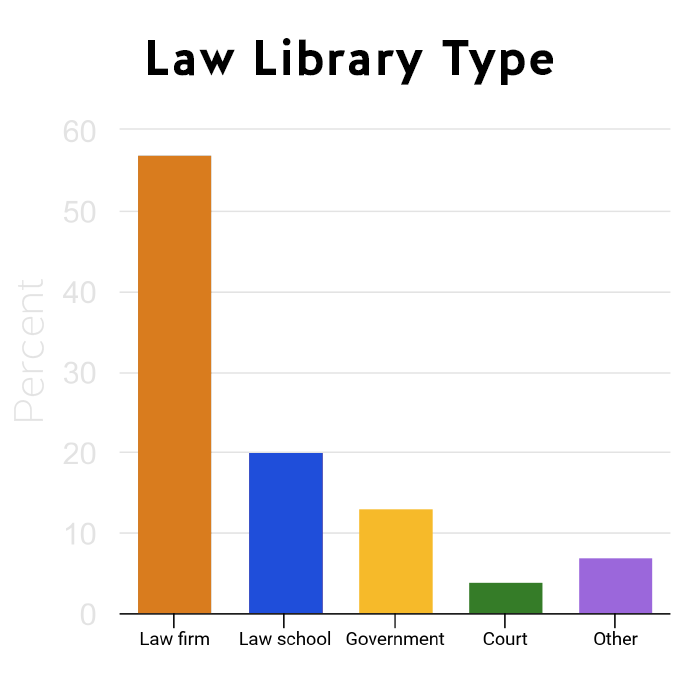

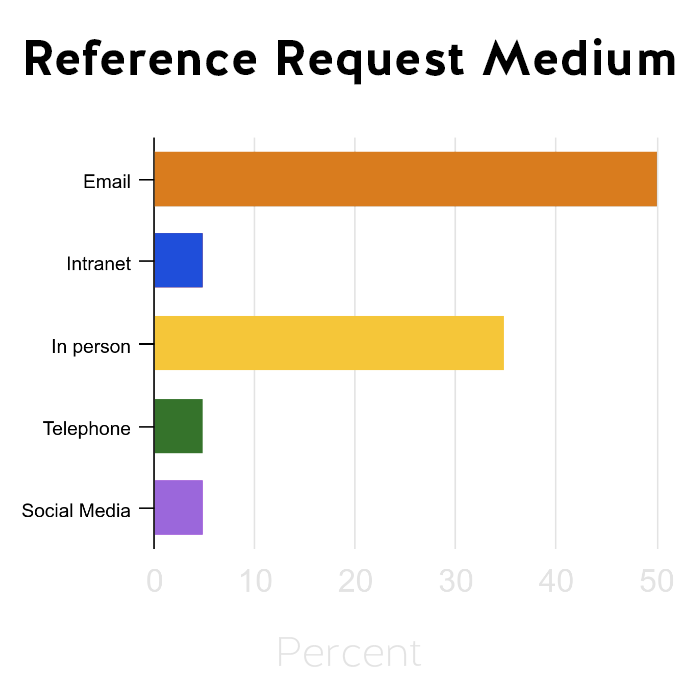
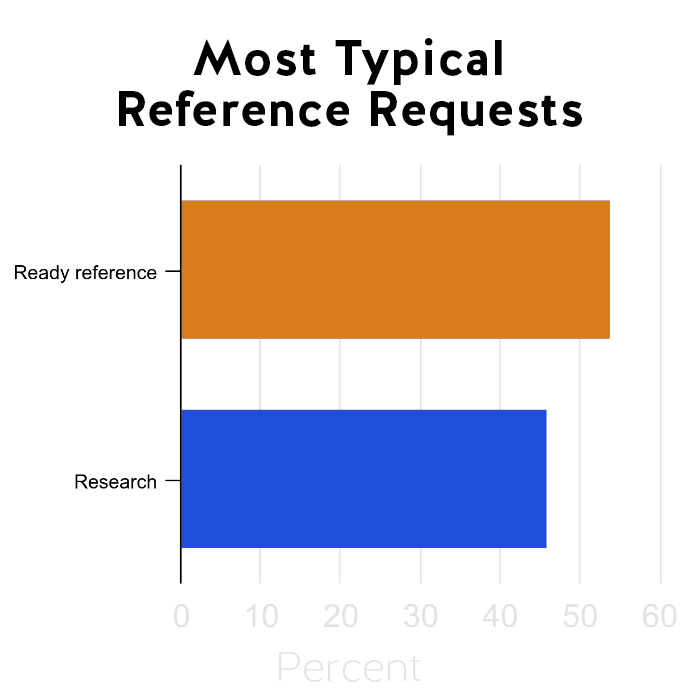


Again, Chancellor is careful to offer a strong caveat with this data, concluding that her research, while illuminating, offers only a glimpse into the work of law librarians and the information-seeking behaviors of lawyers. Indeed, she writes, more research is needed to draw broader conclusions. In closing, Chancellor offers suggestions for future study in this area: “Surveys of librarians and personal interviews would provide valuable information about the reasons for libraries’ choices, the full extent to which tools are promoted to users beyond mention on library websites, and the evidence of success or failures in experimenting with these tools.”
The full paper can be accessed through the Law Library Journal’s online database (Volume 107, Issue 2, Spring 2015).



